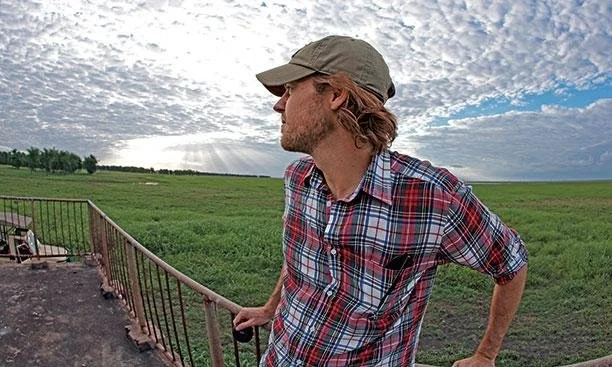Since 2012, Pringle has worked with the Gorongosa Project to help restore wildlife
Wildlife, not just people, suffer long-term damage during civil conflicts
When biology professor Robert Pringle and doctoral student Joshua Daskin visited Gorongosa National Park in Mozambique in 2012, they immediately sensed something was amiss.
“Something bad had happened, and its legacy was still strong,” says Pringle, who recently had joined the park’s restoration efforts, following the 16-year civil war that ended in 1992.
“We needed to look at quantities of animals across Africa if we wanted to see whether the near-extinction of large mammals in Gorongosa was happening more broadly,” says Daskin. Their results, published in January in Nature, show that warfare has a devastating effect on wildlife. However, results also suggest that postwar restoration efforts can recover what is lost.
Daskin and Pringle focused on large herbivores such as elephants, buffalo, wildebeest, and antelope, which are especially likely to be affected by poaching.
In the Nature study, they found that between 1946 and 2010, conflict had occurred in 71 percent of protected areas in Africa. During that time, animal populations in conflict-free areas were roughly stable. As conflict levels increased, however, wildlife populations fell dramatically. To quantify this, the researchers calculated the frequency of conflict in each location and compared it with corresponding wildlife populations. Even one outbreak of violence every 20 to 50 years could push animal populations into decline. Every 10 percent increment in conflict frequency added another 2 percent to the annual rate of wildlife population decline — meaning the longer conflicts went on, the greater the effect.
“Even a small amount of conflict can be severely destabilizing to locals’ livelihoods, in ways that end up having detectable negative effects on wildlife.”

